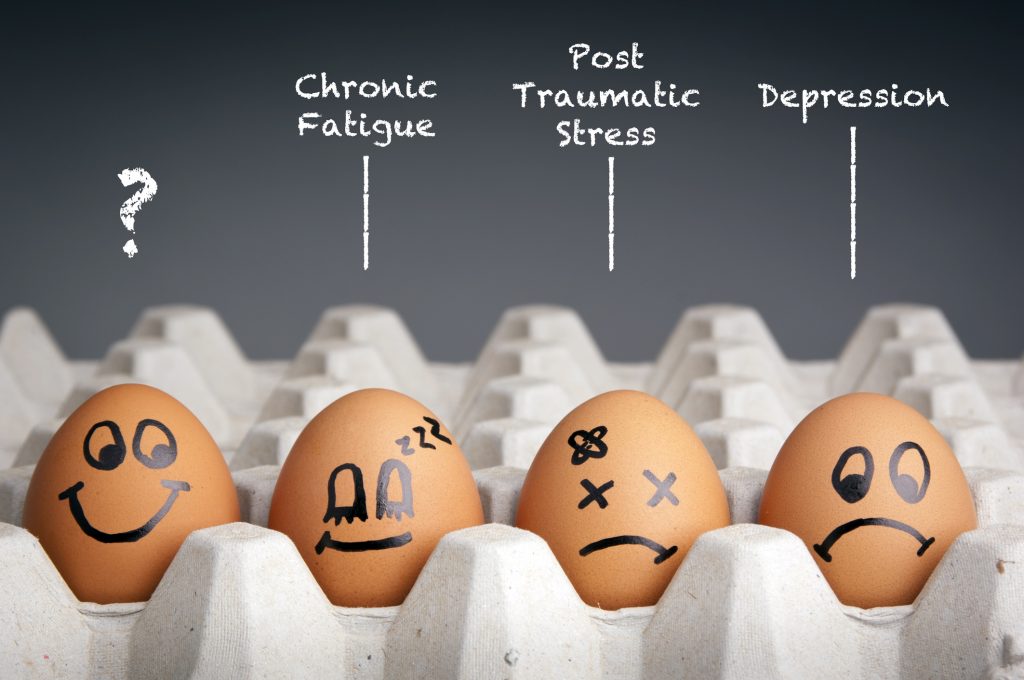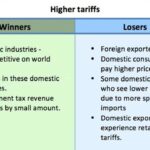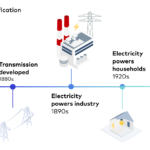
29 Jul 2016
Friday Tidbit: Ireland’s Housing Collapse
- Posted by Dejan Pekic BCom DipFP CFP GAICD
We are struggling to find value at present with all assets classes moving into expensive territory.
For example, interest rates are so low in the developed world that bond prices have been stretched to the highest level in recorded human history. This can only mean massive capital loss when interest rates begin to mean revert back to some kind of long term average.
Share prices are also stretched to all-time highs in the United States which is in the eighth year of a bull run that began in March 2009 (after the Global Financial Crisis). All booms end in a bust and the eventual stock market crash in the United States will cause massive capital loss across all global share markets.
What about property? Prices in Sydney are ridiculous on any measure and the Australian experience of easy credit, speculation and slow property supply draws direct parallels with Ireland but in Ireland’s case residential property prices are still 33% below their peak in 2007.
In the absence of value it is best to keep repaying debt or just save and wait for the catastrophe because it will come and when it does come investors will be given a new buying opportunity to accumulate more quality assets.
WARNING, past performance is no guarantee of future performance and most importantly, the above comments do not constitute Personal Advice.

25 Jul 2016
Negative Interest Rates: Bitter Pill
- Posted by Dejan Pekic BCom DipFP CFP GAICD
There is currently over US$10 trillion in government issued bonds paying an interest rate below zero.
The Citi World Government Bond index (benchmark) has 42% of securities trading on a negative interest rate.
The danger is that a small rise in interest rates of just 1% would cause the price of a 30 year bond paying 3% to fall by 20% of its value.
Trouble is coming.
This negative interest rate policy will end badly but when is the question and how long can governments keep this up before mean reversion takes place?
Don’t know the answer but what we do know is that there will be tremendous buying opportunities for quality assets when everyone becomes fearful.

18 Jul 2016
Superannuation: Boomerang Children
- Posted by Dejan Pekic BCom DipFP CFP GAICD
A question that we often get asked is in relation to adult child and whether an interdependency exists if they are living with their parents.
That is very difficult to get right and we recommend you seek legal advice.
The benefit is that if an interdependency does exist then there is no 15% tax plus 2% Medicare to be paid on the taxed component (or 30% tax plus 2% Medicare on the untaxed component from the life insurance payout) of the superannuation death benefit.
For example, on a $500,000 superannuation death benefit that could be the difference between paying $85,000 to $160,000 in lump sum tax versus NIL if there is a interdependency relationship.
In a recent test case with the Administrative Appeals Tribunal (AAT), the son died and the AAT agreed with the Australian Tax Office and found that an arrangement of commercial convenience does not prove a mutual commitment to a shared life which is needed to evidence an interdependency relationship.

14 Jul 2016
Australian Business: Enterprise
- Posted by Dejan Pekic BCom DipFP CFP GAICD
Australia has an estimated 2.15 million active trading businesses employing 12.1 million people.
Interesting but this does not tell you much until you delve deeper to discover that the small to medium enterprises (SME) accounts for 99.4% of the total number of businesses and 49.5% of all revenue.
This is a material change from when SME in the 1960’s accounted for only 30% of all revenue.
The reason is technology and new service industries which have permitted SME to form and evolve.
Our expectation is that SME will continue to grow and evolve given that we are only at the start of The Nano Age.

11 Jul 2016
Retirement: Cost of Living
- Posted by Dejan Pekic BCom DipFP CFP GAICD
If you are a retired couple who owns your own home and wants a ‘comfortable lifestyle’ in retirement then according to the ASFA Retirement Standard you need $58,922 per annum.
The figure is $42,893 per annum if you are single and want a ‘comfortable lifestyle’ in retirement. See spending breakdown attached.
A comfortable retirement lifestyle is one that allows for a broad range of leisure and recreational activities and to have a good standard of living through the purchase of things such as household goods, private health insurance, a reasonable car, good clothes, a range of electronic equipment and domestic plus occasionally international holiday travel.
If we assume a 7.4% per annum rate of return and an inflation rate of 3.0% per annum then you will need $991,000 today in addition to owning your own home just to received $58,922 per annum in real terms for the next 30 years after which time the capital will be exhausted.
This is another stark reminder of why it is important to just keep saving and accumulating for retirement.

7 Jul 2016
Productivity: Good Stress
- Posted by Dejan Pekic BCom DipFP CFP GAICD
According to what is known as The Yerkes-Dodson Law, productivity increases with more stress (specifically physiological and or mental arousal) but only up to a point.
So if stress is good but too much is bad then how do you reach the optimal level without going over?
The following HBR Video may help. Click.
We have also attached the background article, Are You Too Stressed to Be Productive? Or Not Stressed Enough?















